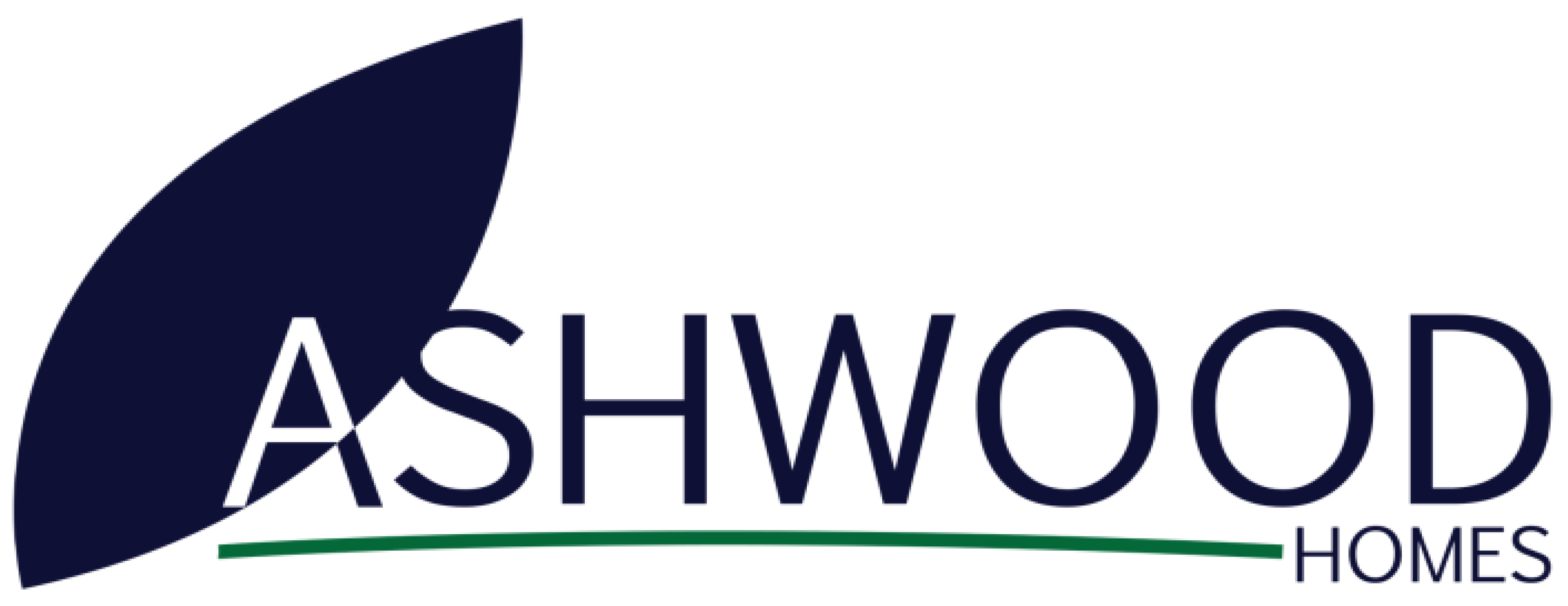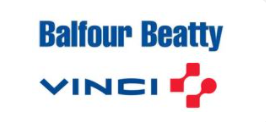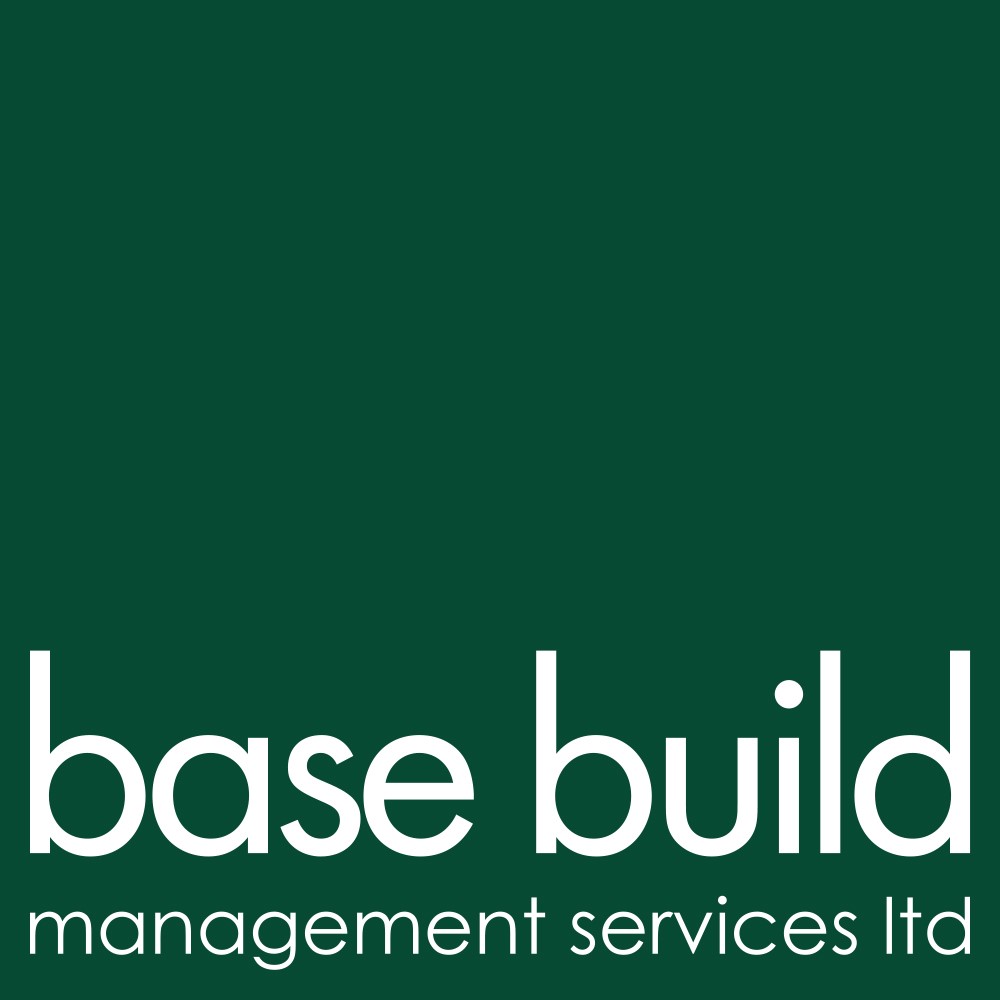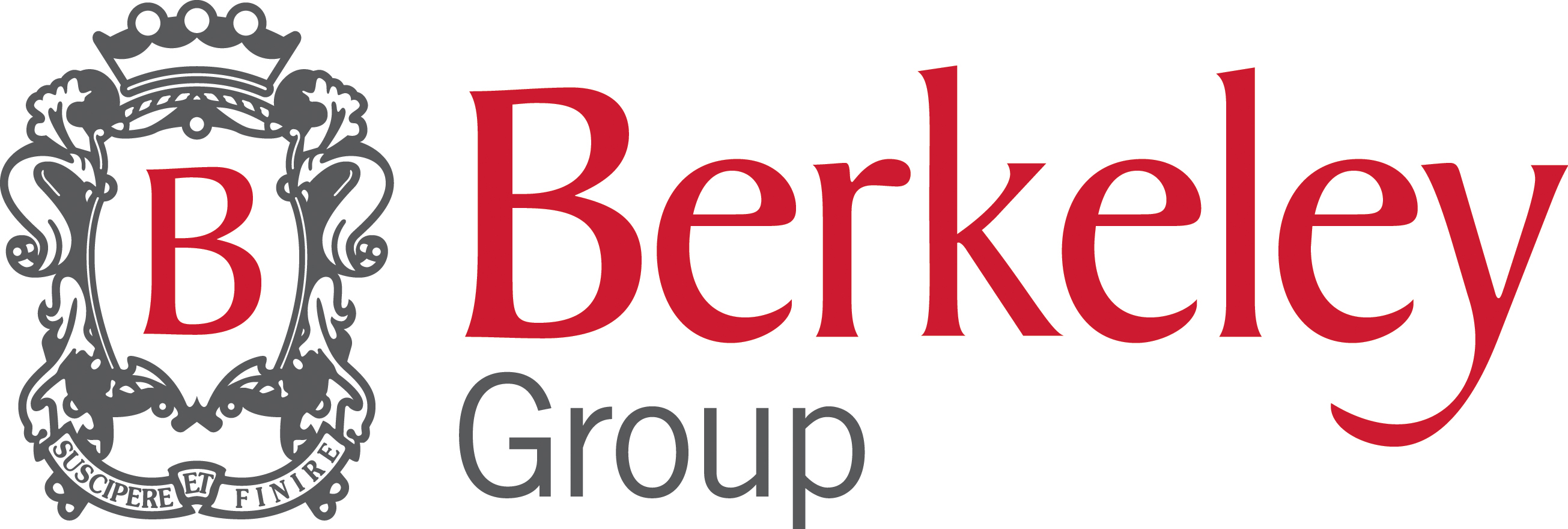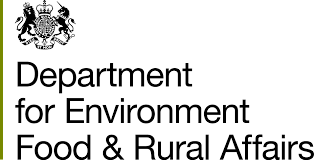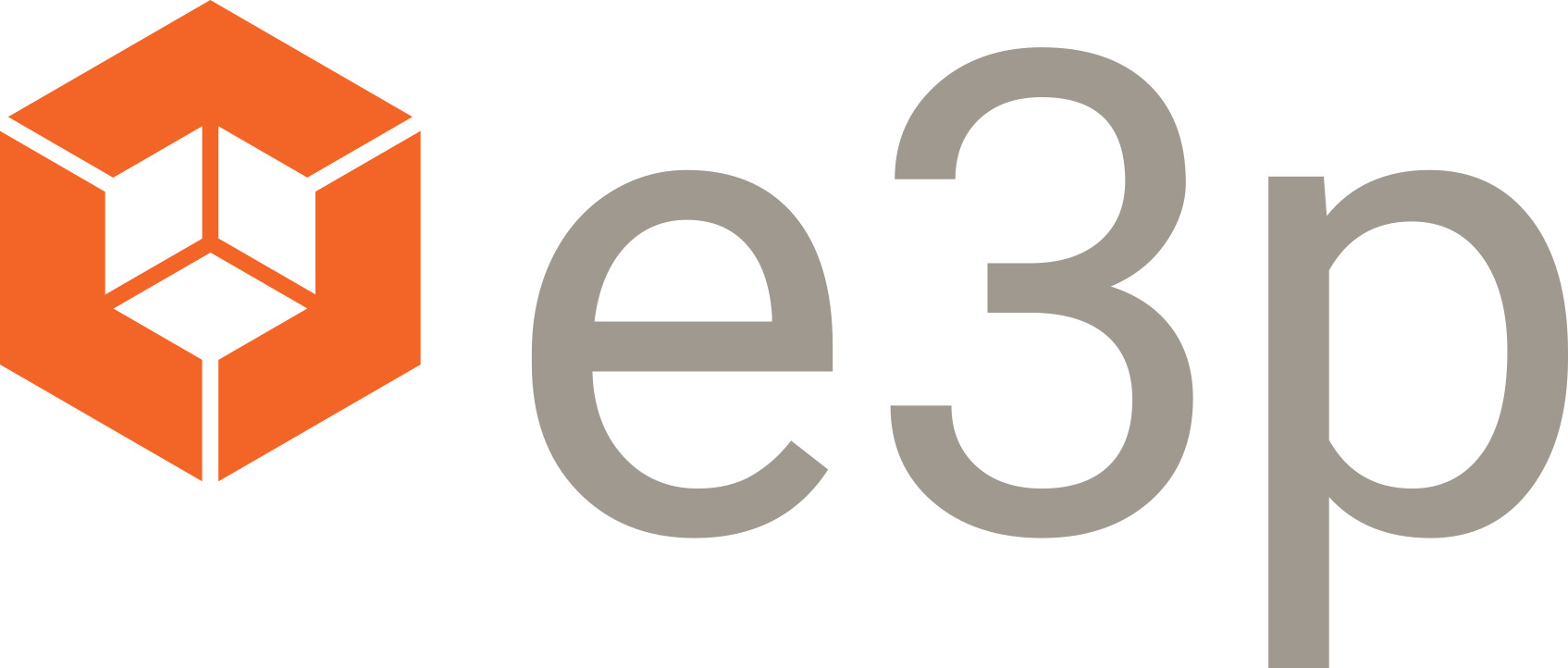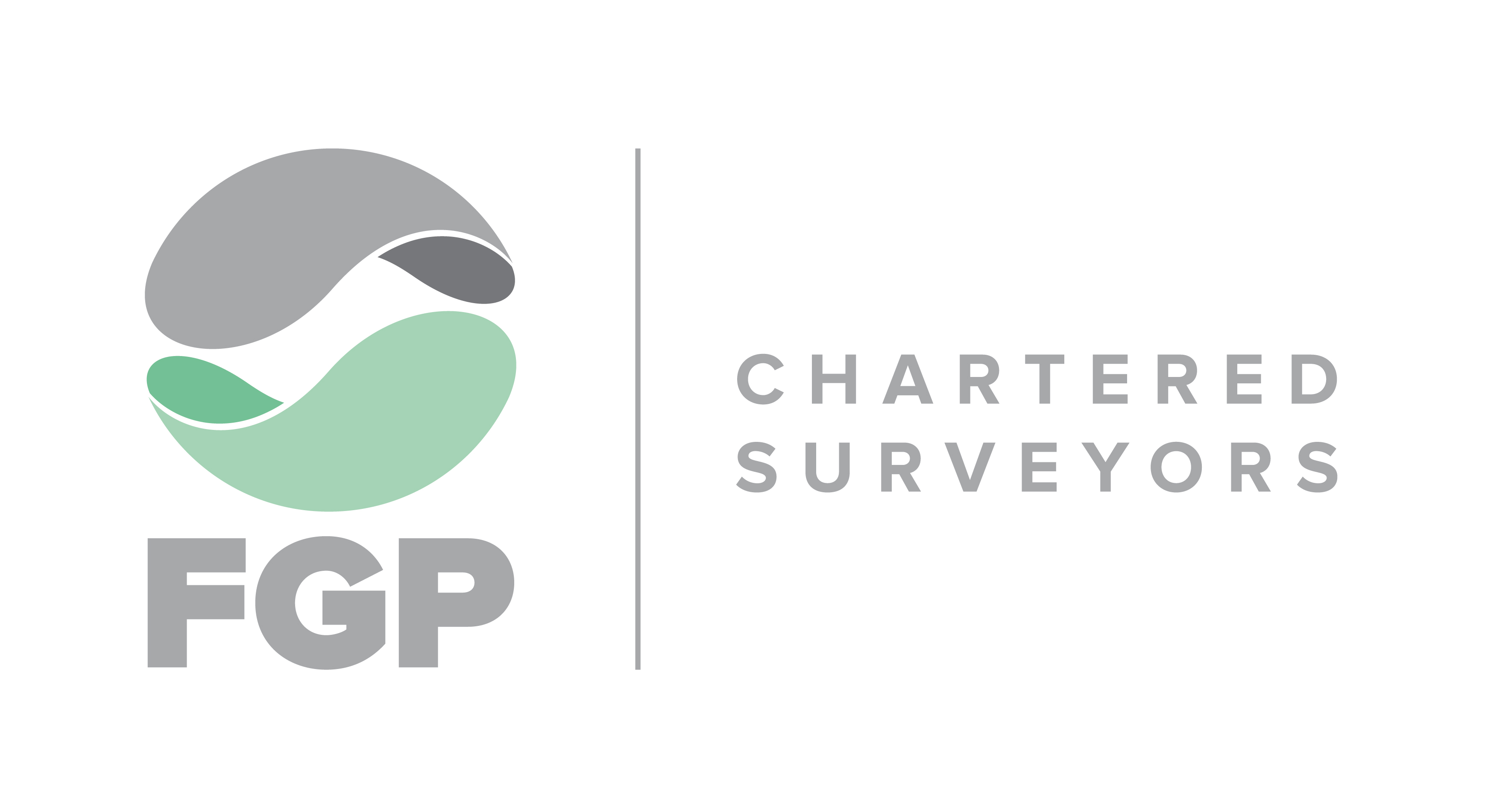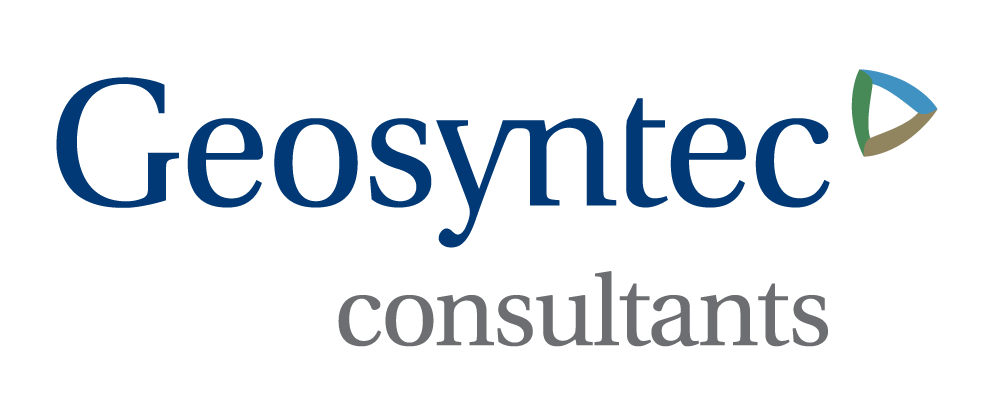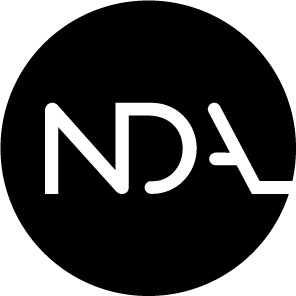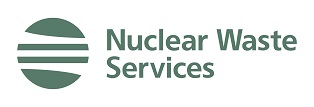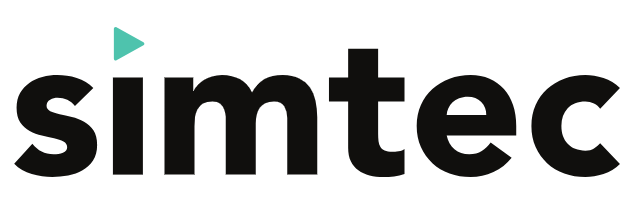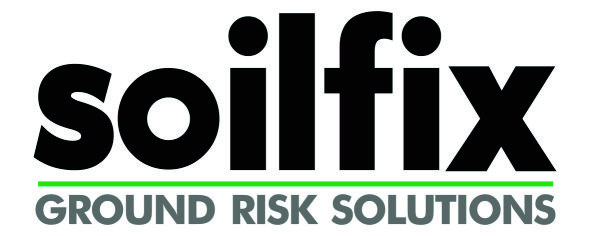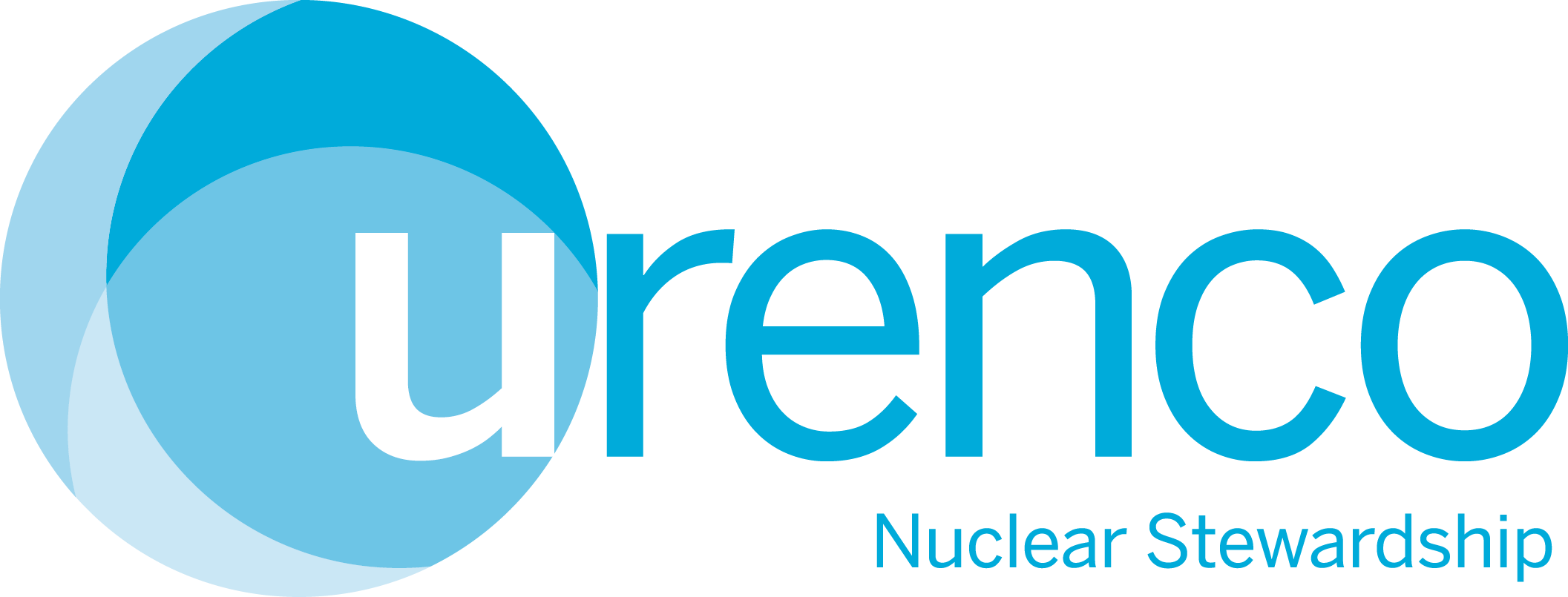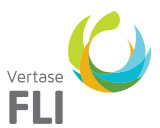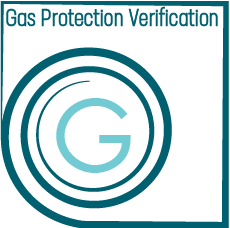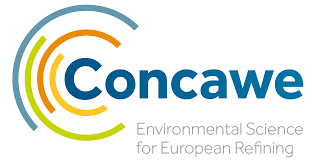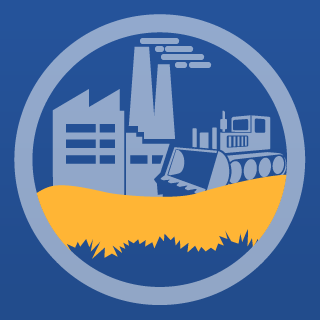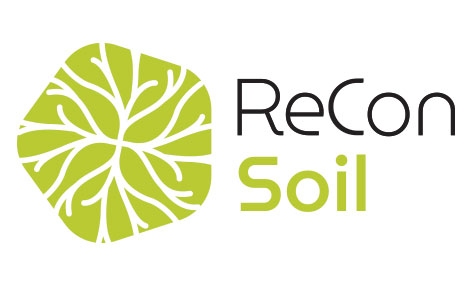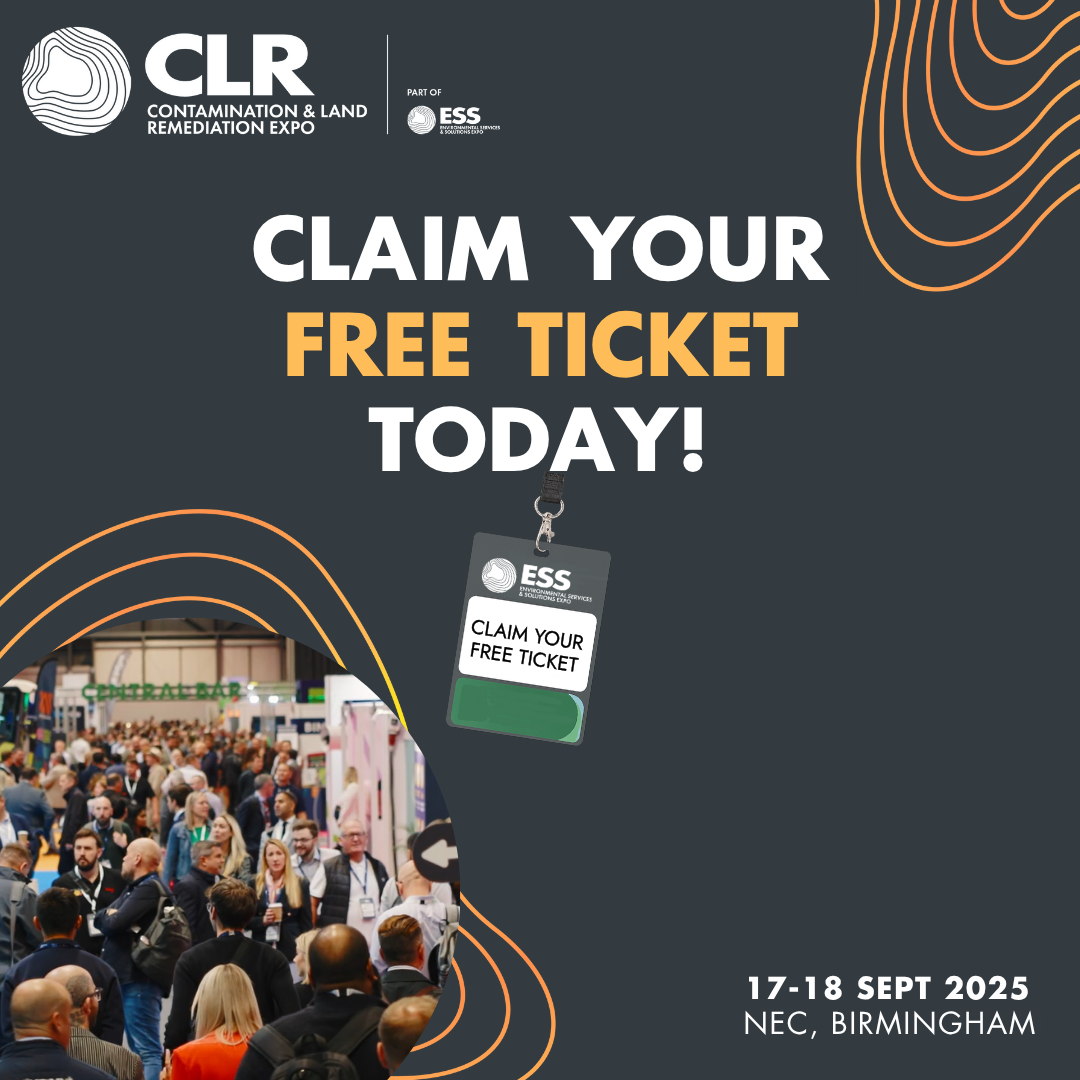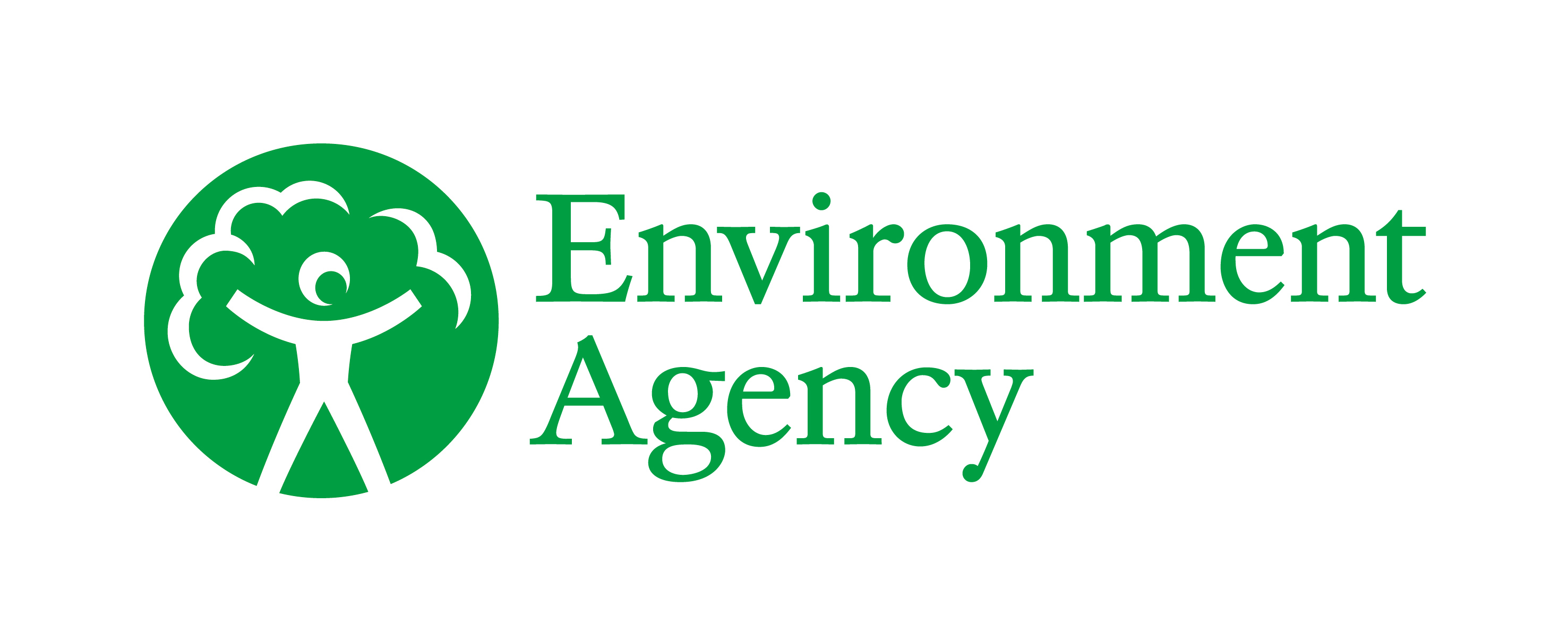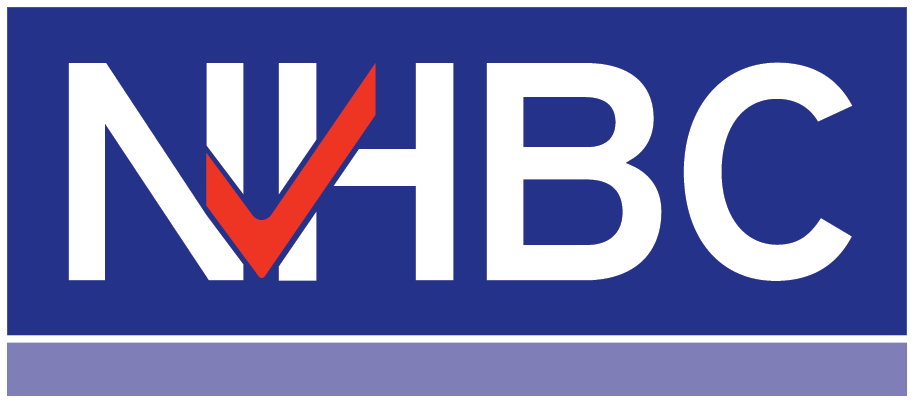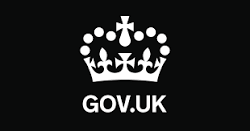CL:AIRE is a UK charity committed to providing a valuable service for all those involved in sustainable land reuse.
We develop training resources, disseminate information and act as a credible resource for all stakeholders, ensuring we remain at the cutting-edge of best practice and innovation.
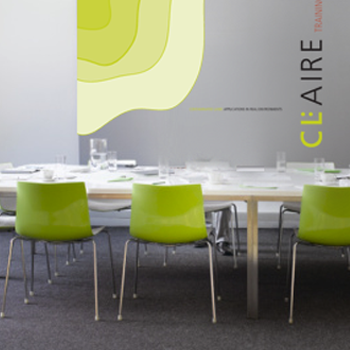
Improving efficiency & raising standards
Definition of Waste Code of Practice (DoWCoP), National Quality Mark Scheme for Land Affected by Contamination (NQMS), Asbestos in Soil, SuRF...
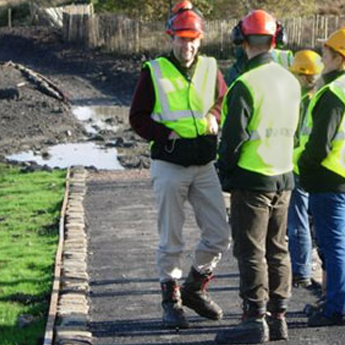
Supporting our Members
Find out about the benefits of becoming a CL:AIRE Principal or Supporter Member:- Member discounts, Networking, Working Groups, ...

Sharing Knowledge & Developing People
Water and Land Library ( WALL), Continuing Professional development through Training and workshops...
CL:AIRE works with its Members to raise awareness and pursue shared objectives in land, water and environmental management by collecting strategic industry information and developing industry initiatives that improve efficiency and save money.
The GPVS seeks to raise standards in membrane inspection, verification and reporting and provide confidence that risks associated with ground gases have been adequately managed.
The Definition of Waste Code of Practice (DoWCoP) provides a clear, consistent and efficient process which enables the reuse of excavated materials on-site or their movement between sites.
| Find out more... | Register of materials... |
| Make a declaration... |
The National Quality Mark Scheme for Land Contamination Management (NQMS) is developed by the National Brownfield Forum to provide visible identification of documents that have been checked for quality.



